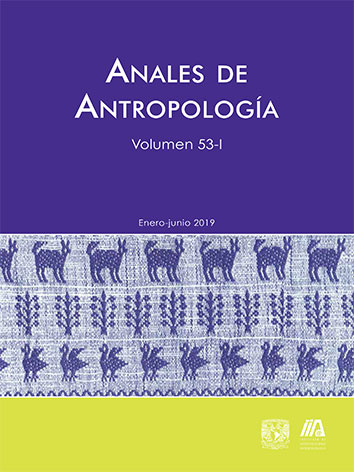Cultural and astronomical cycles in Xochicalco, Morelos
Main Article Content
Abstract
Our catalog with at less 115 dates inscribed on Xochicalco reliefs confirmed that the site used calendars very similar to those used in central Mexico and Oaxaca in the sixteenth century. The pioneer work of Alfonso Caso (1967) was an antecedent of the present study where we review, complete and order the signs of the days he proposed. In this paper we explore an unsolved problem that is fundamental for the knowledge of mesoamerican calendars. The method we follow is the correlation of dates recorded in Xochicalco during the second half of the seventh century. We resume a work that started 30 years ago based on the rigorous registration and analysis of the corpus of glyphic texts in stones, which has led us to abound in time computation systems of a site where archaeological evidences speak about two facts: astronomical knowledge and precise calculations of the solar cycle, and the place that, in the center of Mexico, left the greatest number of dated texts, invaluable sources for the knowledge of the calendar. Did they know the difference between 365.2422 days of the tropic year and 365 of the calendar year, with almost a day of difference every four years? If they did, the calendar had corrections? And, if so, how often and how did they make them? Or, otherwise, why the lag was allowed, especially when climatic, productive, religious and social cycles were affected.
Downloads
Article Details
Citas en Dimensions Service
Esta revista usa una licencia CC del tipo CC BY-NC-ND 3.0. Se maneja bajo el esquema de acceso abierto, con una licencia Creative Commons Attribution-NonCommercial-NoDerivs 3.0 Unported.
